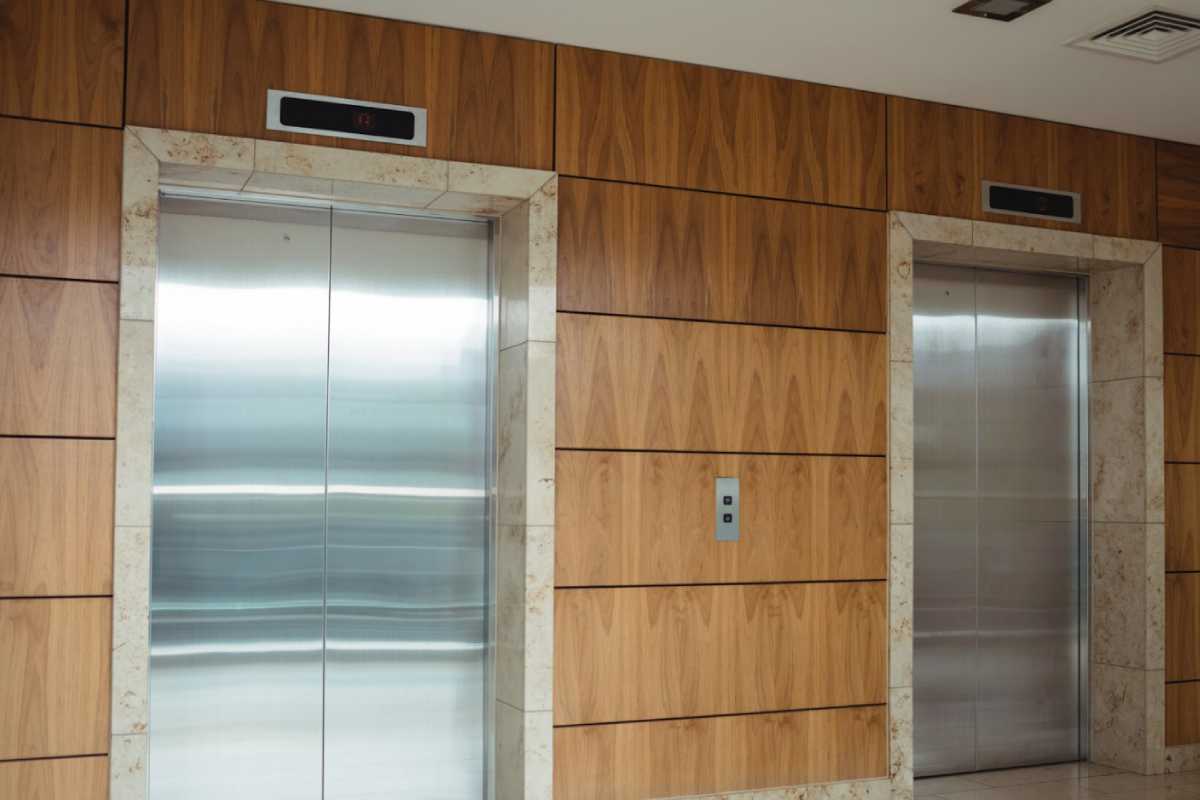
In modern architecture, lift control systems have evolved from simple transport mechanisms to advanced, intelligent systems that enhance building efficiency. Today’s elevators do more than move people between floors—they optimize energy use, reduce wait times, and improve user experience.
Unlike traditional systems that only respond to basic calls, modern lift control systems use algorithms and real-time processing to assign elevators based on passengers’ destinations, minimizing stops and crowding. This not only improves convenience but also supports sustainable, high-performance building management.
For buildings focused on efficiency, sustainability, and security, these advanced systems are becoming essential. Let’s explore how they contribute to building efficiency.
Advantages of Sophisticated Lift Control Systems—Their Contribution towards Building Efficiency
Let’s find out how advanced lift control systems offer a better experience:
- Delightful User Experience: Elevators with smart lift control systems group riders according to their respective similar destinations. These systems minimize stops and congestion.
- Optimal Equipment Performance: Progressive programs, algorithms, and lifting elements ensure that lifts run at optimum daily levels, balancing speed, load, and precision.
- Intelligent Guidance: Visitors are guided to the right lift by destination (when they book their lifts using mobile apps), which helps reduce confusion and waiting times. This is particularly beneficial at peak rush hours.
- Easy-to-Use Intuitive Interfaces: Touchscreens and smartphone-friendly displays offer everyone an easy, simple, and streamlined experience.
- Contactless Travel: Mobile app integration allows users to call elevators without touching surfaces, making their travel more hygienic, especially where large crowds gather.
- Integration with Building Systems: Sophisticated lift systems are incorporated and well-integrated within the building infrastructure, whether using third-party access control or in-house technology.
- Energy-Efficient and Eco-Friendly: Such lift control systems prevent wasteful traveling. Also, the systems are known to mitigate power utilization and extend equipment life.
- Intelligent Real-Time Insights for Facility Teams: Dashboards help building managers monitor performance, foresee issues before they occur, and take cost-cutting maintenance measures.
- Aesthetic Versatility: Customizable and attractive designs allow these systems to blend beautifully into modern architecture. Such designs enhance the aesthetic value, form, and function of the space.
Advanced Lift Control Systems: What to Consider
Choose smart lift control systems that are all about efficient building management:
Selecting the Right System
While selecting a lift control system, look out for solutions that offer real-time flexibility, scalability, and integration. Trust credible brands, well-documented customer comments, and satisfactory after-sales service.
Choosing Systems with Destination Solutions
Optimize efficiency by choosing lift control systems with destination operating panels. Use a hybrid system where passengers select their destination from the lobby but still retain in-car facilities for convenience.
Adopting Contactless Elevator Call Systems
Contactless elevator call systems are transforming vertical transportation interaction without the human touch. Passengers can call elevators through a smartphone app or an access card without touching any surface. This promotes hygienic use and avoids cross-contamination risks in public or high-density buildings.
Integrating Smartphone Applications
Mobile apps allow passengers to remotely call lifts, view real-time lift availability, and even book trips in advance. This is more convenient for passengers and reduces congestion and idle waiting time during peak usage periods.
Utilizing Integrated Access and Destination Control
Integrated systems combine destination dispatching with access control (e.g., biometrics, ID cards). With these functionalities, only authorized staff can occupy elevators and travel based on their user profiles. This gives the advantage of greater security, more customized service, and greater building control.
Incorporating Security Turnstiles
By incorporating security turnstiles into the destination control system, buildings can maintain consistent design aesthetics and finer access management. The turnstiles manage the lift lobby entrance, reduce unauthorized entry, and optimize people’s movement.
Wrapping It Up
Modern and technologically advanced infrastructure improves owner productivity, reduces costs, supports sustainability, and greatly enhances user experience and operational metrics.
Sophisticated lift control systems have changed how humans travel within buildings from one floor to another. These systems optimize security, cut energy intake, and enhance accessibility.
Whether you are planning a commercial high-rise building or building a mixed-use smart residential complex, make sure to employ the best lift control system to revolutionize your building’s performance. This way, you’ll improve operational efficiency and elevate the overall user experience, ensuring both functionality and sustainability.
Also Read: How NoSQL Databases Can Be Used for AI
